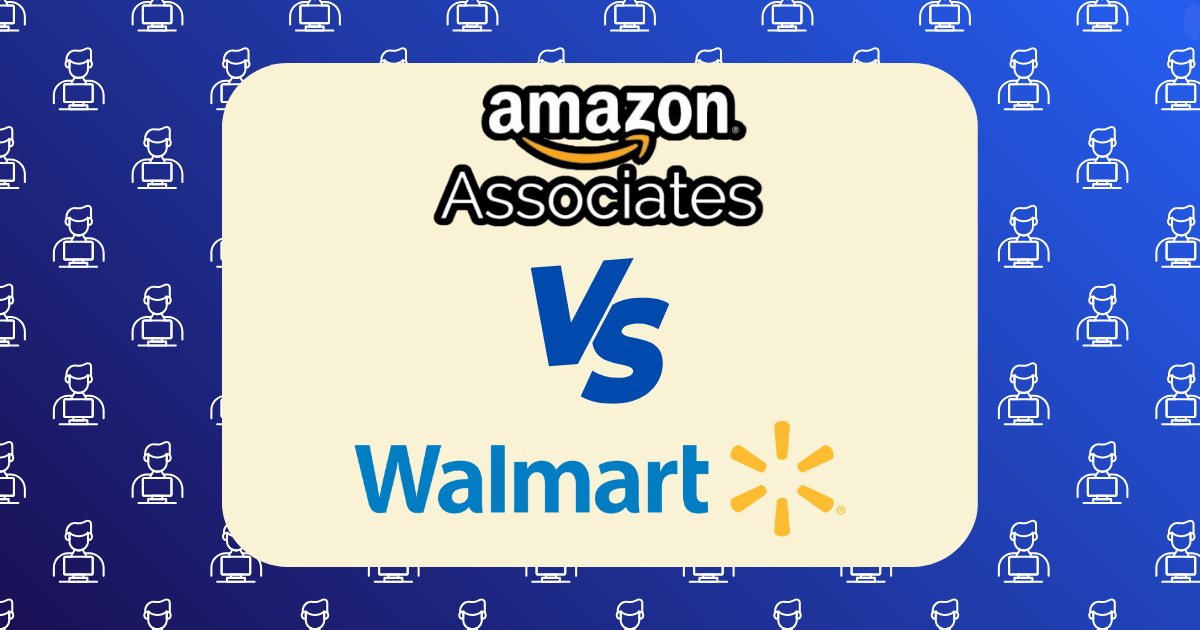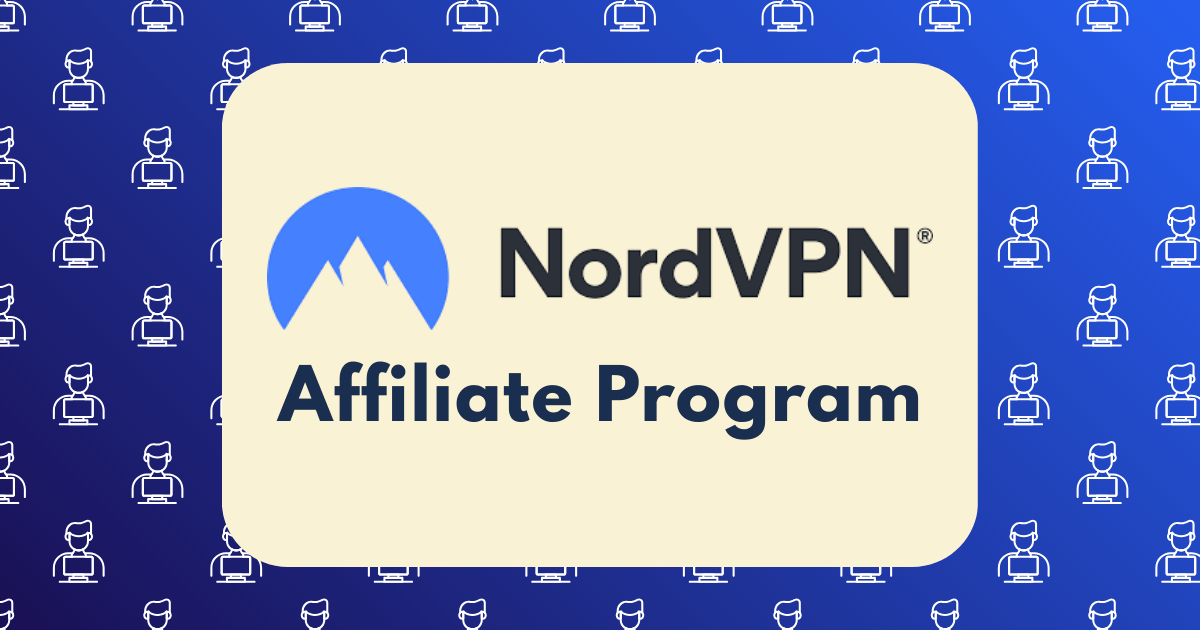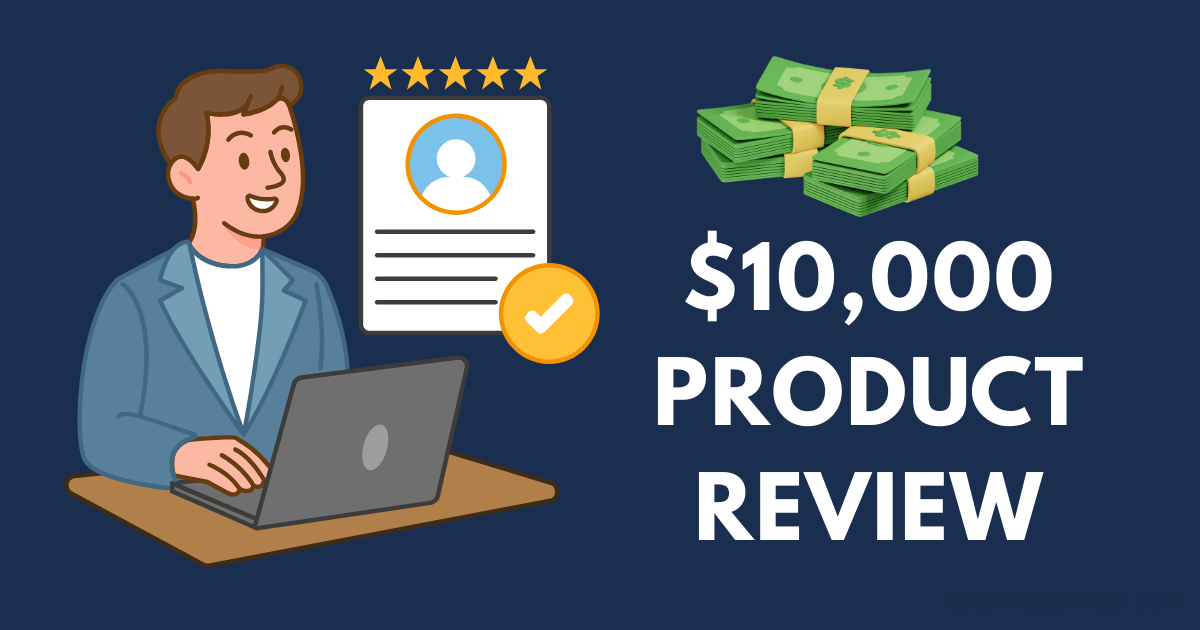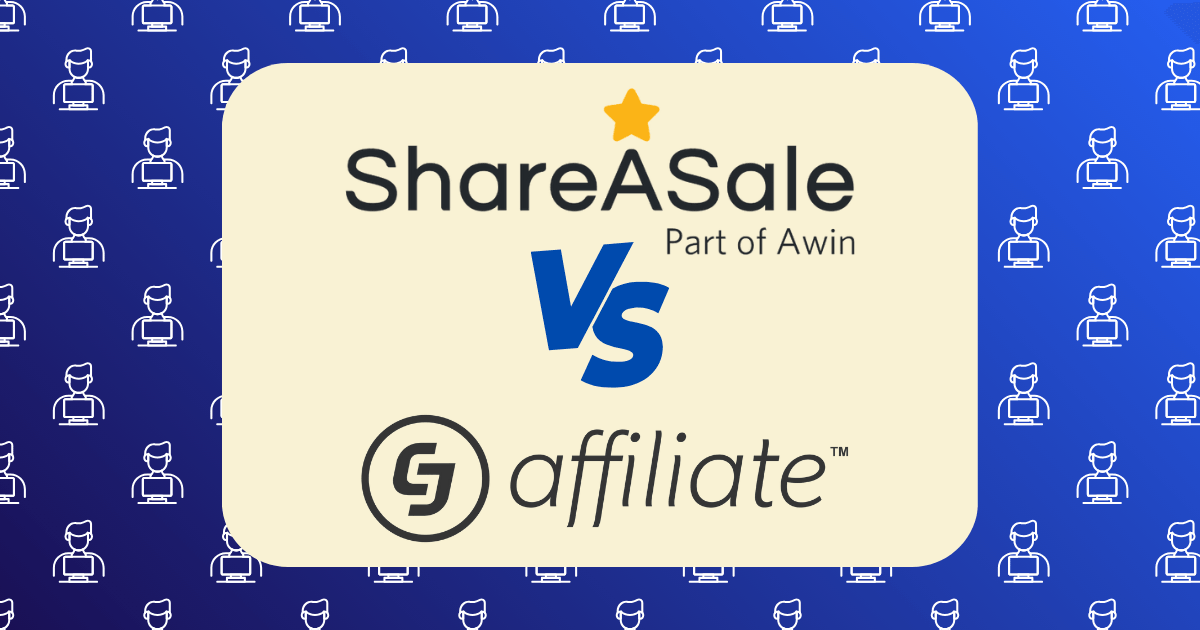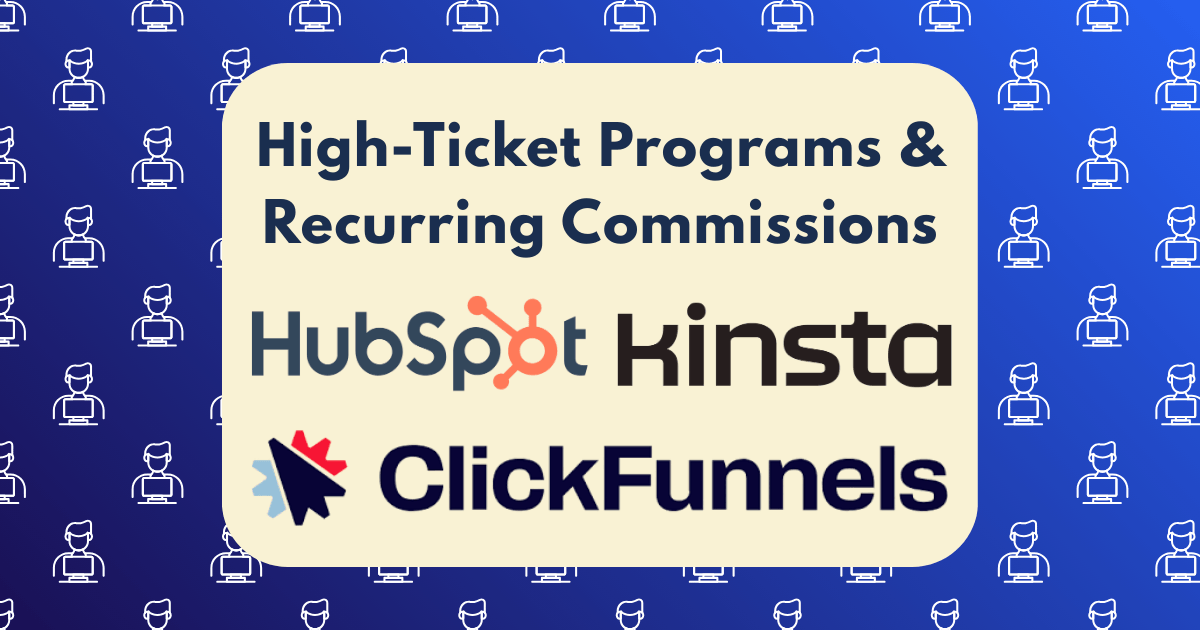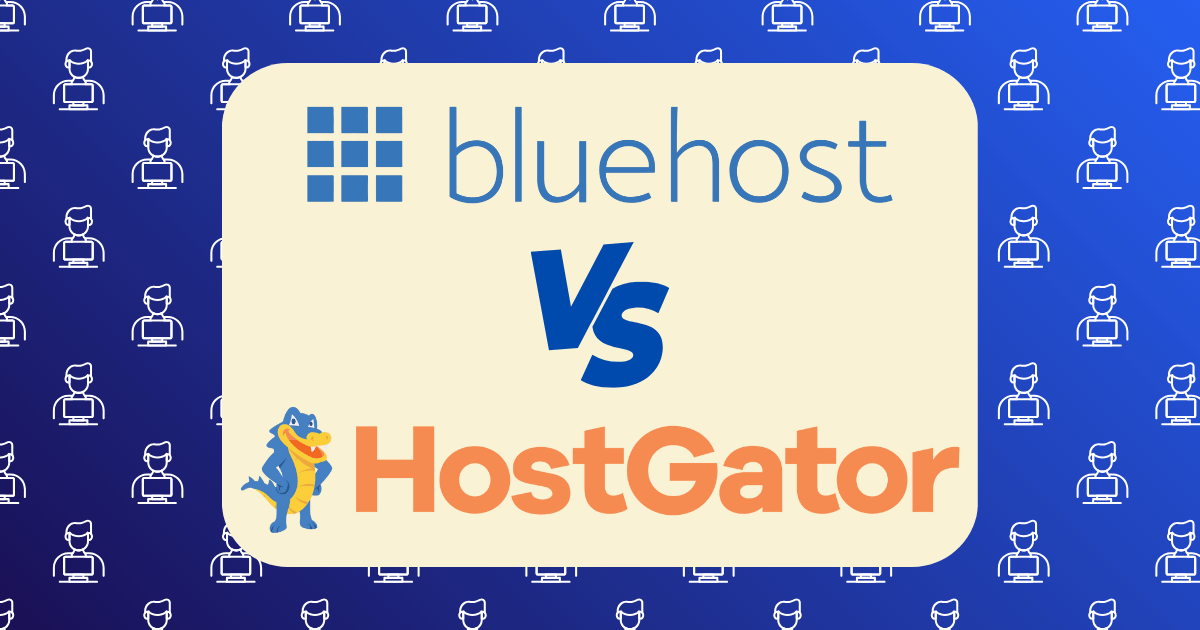No Website? No Problem: How to Do Affiliate Marketing Using Only Social Media
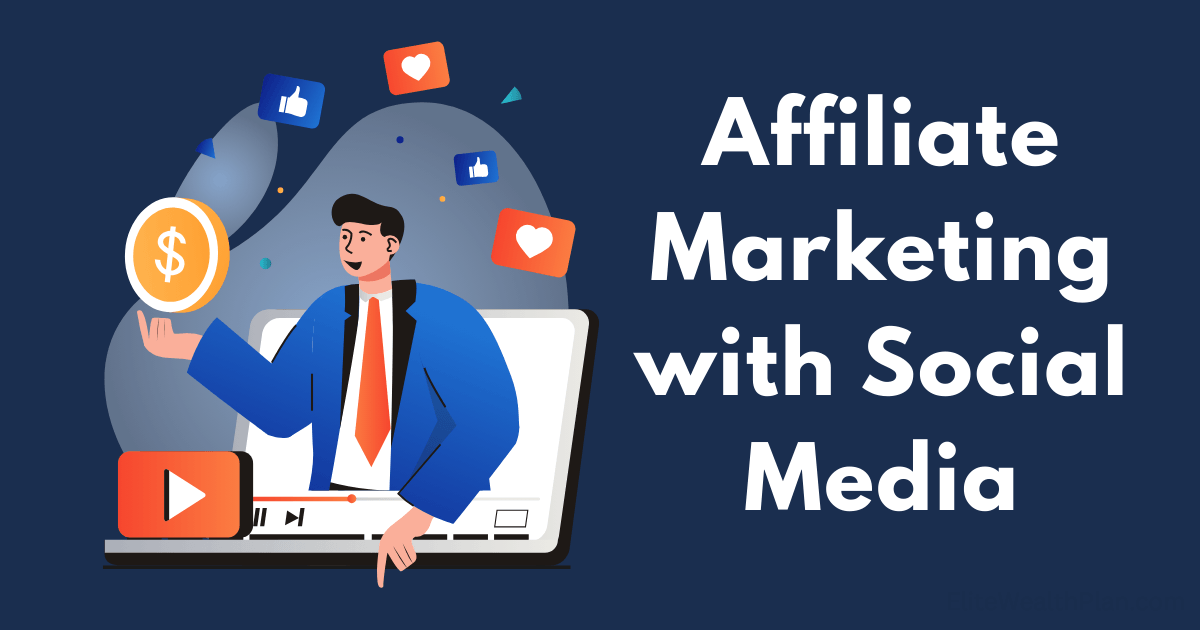
When I first stumbled into affiliate marketing, I was immediately intimidated by what seemed like prerequisites: web design skills, hosting fees, SEO knowledge, and the patience to wait months for traffic.
“Do I really need a website to make this work?” I wondered.
After three years of earning five figures monthly through social media-only affiliate marketing, I can definitively answer: absolutely not.
While websites certainly have their place in the affiliate ecosystem, social platforms offer distinct advantages: immediate audience access, lower technical barriers, and often, more personal connections with potential customers.
In this guide, I’ll share exactly how to build a profitable affiliate marketing business using only social media—no website required.
The Website-Free Affiliate Marketing Model
Before diving into platform-specific strategies, let’s understand the core model:
- Choose a specific niche where you can provide genuine value
- Select the right social platforms where your target audience spends time
- Build an engaged audience through consistent, valuable content
- Strategically promote affiliate products that solve your audience’s problems
- Track, optimize, and scale what works
According to Shopify’s research, social media-based affiliate marketers can achieve comparable earnings to website owners, often with faster initial results—though the approaches require different skill sets.
Platform Selection: Where Should You Focus?
Not all social platforms are created equal for affiliate marketing. Here’s how to choose wisely:
- Best for: Visual products, lifestyle niches, fashion, beauty, fitness, travel
- Audience demographics: 18-34 year olds (primarily), slightly more female users
- Content formats: Feed posts, Stories, Reels, IGTV, Shopping features
- Link placement options: Bio link, Stories (with 10K+ followers), shoppable posts
TikTok
- Best for: Trending products, demonstrations, before/after results, youth-oriented niches
- Audience demographics: 16-24 year olds (primarily), fairly balanced gender split
- Content formats: Short-form videos, challenges, duets
- Link placement options: Bio link, video captions (with workarounds)
YouTube
- Best for: Detailed reviews, tutorials, comparisons, tech products, high-ticket items
- Audience demographics: Broad age range, slightly more male users
- Content formats: Long-form videos, Shorts, livestreams
- Link placement options: Description box, pinned comments, end screens
- Best for: Home decor, DIY, recipes, fashion, wedding, self-improvement
- Audience demographics: 25-44 year olds (primarily), predominantly female
- Content formats: Pins, Idea Pins, boards, collections
- Link placement options: Direct pin links, board descriptions
- Best for: Local services, family products, community-based recommendations
- Audience demographics: 25-54 year olds, balanced gender split
- Content formats: Posts, Groups, Lives, Watch parties
- Link placement options: Posts, comments, group resources
- Best for: Tech, news, finance, SaaS products, books
- Audience demographics: 25-49 year olds, slightly more male users
- Content formats: Tweets, threads, Spaces
- Link placement options: Tweets, profile, pinned tweet
Platform-Specific Affiliate Marketing Strategies
Let’s dive into actionable strategies for the top three platforms for affiliate marketing without a website.
Instagram Affiliate Strategy
Instagram’s visual nature makes it perfect for product promotion, but success requires subtlety and authenticity.
Step 1: Optimize Your Profile
- Use a niche-specific username
- Create a professional profile photo
- Write a bio that clearly states your value proposition
- Include a call-to-action to your link tool
Step 2: Content Strategy
Create a balanced content mix:
- 60% value-based content (tips, education, entertainment)
- 30% relationship-building content (personal stories, behind-the-scenes)
- 10% direct promotional content (product features, reviews)
Step 3: Link Management
Since Instagram limits direct linking, use:
- Link-in-bio tools like Linktree or Beacons
- Instagram Shopping tags (if eligible)
- Story swipe-ups (for accounts with 10K+ followers)
- QR codes embedded in images for offline scanning
Step 4: Engagement Tactics
- Respond to all comments within 24 hours
- Use engagement stickers in Stories (polls, questions)
- Create shareable content that expands reach
- Collaborate with complementary creators
Real success story: Fashion micro-influencer @StyleWithAlex (name changed) built a 22K following by sharing daily outfit ideas. By incorporating affiliate links to featured items using LTK (formerly LikeToKnow.It), she now earns $3,700-4,500 monthly without ever creating a website.
YouTube Affiliate Strategy
YouTube offers perhaps the most powerful platform for affiliate marketing due to its search functionality and unlimited link placements.
Step 1: Channel Optimization
- Create a niche-specific channel name and logo
- Write a detailed “About” section explaining your expertise
- Set up playlists organized by product categories or topics
- Enable all relevant monetization features
Step 2: Content Strategy
Focus on these high-converting video types:
- Detailed product reviews (10-15 minutes)
- “Best of” comparison videos
- Tutorials showing products in action
- Unboxing and first impression videos
- Problem-solution videos (where the product solves a specific issue)
Step 3: Link Placement
YouTube offers multiple opportunities for affiliate links:
- Description box (place links near the top)
- Pinned comments
- End screens and cards
- Verbal mentions with memorable links or codes
Step 4: Optimization Tactics
- Include keywords in titles, descriptions, and tags
- Create custom thumbnails with clear value propositions
- Add timestamps to help viewers find specific information
- Include transcripts for accessibility and SEO
According to Jeff Lenney’s research, YouTube affiliate marketers often achieve 2-3x higher conversion rates than website-based affiliates for products requiring demonstration.
Real success story: Tech reviewer TechGearLab started with just a smartphone camera, reviewing gadgets in his bedroom. By focusing on honest, detailed reviews and comparisons, he built a 178K subscriber channel generating $12,000+ monthly in affiliate commissions without needing a website.
TikTok Affiliate Strategy
TikTok’s explosive growth and algorithm-based discovery make it ideal for reaching new audiences quickly.
Step 1: Profile Optimization
- Create a niche-focused username
- Use a clear, professional profile picture
- Write a concise bio with your value proposition
- Include a call-to-action to your link
Step 2: Content Strategy
TikTok rewards these content approaches:
- Quick before/after demonstrations (15-30 seconds)
- “Secret” tips or hacks using products
- POV-style product experiences
- Trending sound/challenge adaptations featuring products
- Duets with customer testimonials or reviews
Step 3: Link Management
TikTok has limited linking options:
- Bio link (use a link-in-bio tool)
- Verbal calls-to-action with memorable links
- Text overlays with simple URLs
- TikTok Shop integration (where available)
Step 4: Growth Tactics
- Post 2-5 times daily for maximum algorithm exposure
- Analyze trending sounds and adapt to your niche
- Engage with comments within the first hour of posting
- Collaborate with other creators in your niche
Real success story: Skincare enthusiast @GlowWithKatie built a 340K following in just 8 months by sharing honest reviews of skincare products. Using Amazon Associates links through her Linktree, she now earns $7,000-9,000 monthly without maintaining a website.
Overcoming Common Challenges
Challenge #1: Link Limitations
Many platforms restrict direct affiliate linking or have strict policies.
Solution: Use link management tools like Shorby, Linktree, or Beacons to create a mini landing page with all your affiliate offers. Use one permitted link in your bio to direct followers there.
Challenge #2: Disclosure Requirements
The FTC requires clear disclosure of affiliate relationships.
Solution: Always include #ad, #sponsored, or #affiliate in your posts. On video platforms, verbally disclose relationships at the beginning. According to the FTC guidelines, disclosures should be clear, conspicuous, and unavoidable.
Challenge #3: Algorithm Changes
Social platforms frequently change their algorithms, potentially affecting your reach.
Solution: Diversify across 2-3 platforms and focus on building direct connections with your audience through messaging apps or email lists (which you can create without a website using services like ConvertKit).
Challenge #4: Content Saturation
Standing out becomes increasingly difficult as more creators enter your niche.
Solution: Develop a unique content angle or personality trait that differentiates you. Focus on serving a specific sub-niche rather than competing in broad categories.
Advanced Strategies for Website-Free Affiliate Marketing
Once you’ve established the basics, implement these advanced tactics:
1. Create a Content Ecosystem
Connect your social platforms to create a cohesive ecosystem:
- Tease YouTube reviews with TikTok highlights
- Share Instagram carousel summaries of YouTube content
- Use Twitter to drive traffic to your latest content on other platforms
2. Leverage User-Generated Content
Encourage customers who purchased through your links to share their experiences:
- Create branded hashtags for customers to use
- Feature customer results in your content
- Offer incentives for sharing authentic experiences
3. Build a Community
Create spaces for deeper engagement:
- Facebook or Discord groups centered around your niche
- Instagram close friends for VIP content and offers
- Telegram channels for direct communication
4. Develop Direct Brand Relationships
As your audience grows, move beyond standard affiliate programs:
- Negotiate higher commission rates based on performance
- Secure exclusive coupon codes for your audience
- Arrange early access to products for reviews
Tracking and Optimization Without a Website
Without website analytics, tracking performance requires different approaches:
1. Use Affiliate Dashboard Data
Most affiliate networks provide detailed metrics on:
- Click-through rates
- Conversion rates
- Average order value
- Commission earned per post
2. Create Platform-Specific Tracking Links
Generate unique links for each:
- Social media platform
- Content piece
- Call-to-action placement
3. Utilize Custom Coupon Codes
Many affiliate programs allow custom coupon codes that:
- Track directly to your account
- Provide added value to your audience
- Are easier to remember than links
4. Implement Regular Content Audits
Every 30 days, analyze:
- Which content types generate the most affiliate revenue
- Which products have the highest conversion rates
- Which calls-to-action perform best
- Optimal posting times and frequencies
Income Scaling: Beyond Basic Posting
To scale your social media affiliate income beyond the basics:
1. Expand Your Product Mix
Balance your affiliate portfolio with:
- Low-ticket impulse purchases ($20-50)
- Mid-range considered purchases ($50-200)
- High-ticket items ($200+) for occasional but significant commissions
2. Develop Signature Content Series
Create recurring content that audiences anticipate:
- Monthly “Best New Products” roundups
- Weekly comparison series
- Seasonal gift guides
- Annual “Best of” awards
3. Explore Platform Monetization Features
Beyond affiliate links, leverage:
- Instagram/TikTok Shopping features
- YouTube channel memberships
- Facebook Stars or subscription groups
- Twitter Super Follows
4. Consider Limited Product Creation
Even without a website, you can create:
- Digital guides distributed via messaging apps
- Templates or presets sold through existing marketplaces
- Consultation services booked through scheduling tools
Is Website-Free Affiliate Marketing Right for You?
While this approach offers many advantages, it’s not for everyone. Consider these factors:
Website-free affiliate marketing might be right for you if:
- You enjoy creating content and engaging directly with an audience
- You’re comfortable showing your face/voice on social platforms
- You want faster initial results with lower technical barriers
- You’re willing to create content consistently (often daily)
A website might be better if:
- You prefer writing to video/image content
- You want more passive, long-term traffic from search engines
- You’re uncomfortable with personal branding
- You want to build an asset that can eventually be sold
According to Authority Hacker’s research, experienced affiliate marketers often combine both approaches—using social media for immediate engagement and websites for long-term asset building.
Getting Started: Your First 30 Days
Ready to begin? Here’s your 30-day action plan:
Days 1-7: Foundation Building
- Select your niche and sub-niche
- Research and join 3-5 relevant affiliate programs
- Set up profiles on 2 primary social platforms
- Create your link management hub
- Develop your content pillars and unique angle
Days 8-14: Content Creation
- Prepare and post your first 10-15 pieces of value content (no affiliate links yet)
- Engage with 20-30 accounts in your niche daily
- Create a content calendar for the next 30 days
- Prepare templates for recurring content formats
Days 15-21: Community Building
- Continue daily content posting
- Begin responding to every comment
- Reach out to 5-10 complementary creators for collaboration
- Join relevant groups/communities in your niche
Days 22-30: Initial Promotion
- Introduce your first affiliate product recommendations
- Test different call-to-action approaches
- Analyze early performance data
- Adjust your strategy based on audience response
Final Thoughts: The Future of Website-Free Affiliate Marketing
Social media-based affiliate marketing continues to evolve rapidly. Emerging trends to watch include:
- Shoppable video content becoming standard across all major platforms
- AR try-on features enhancing product demonstrations
- Live shopping events driving concentrated conversion opportunities
- Creator marketplaces facilitating brand-creator partnerships
The most successful social media affiliates share one critical trait: they view themselves as trusted advisors rather than salespeople. By focusing first on providing genuine value and building authentic connections, the promotional aspects become a natural extension of helping your audience discover solutions they truly need.
Whether you’re looking to generate side income or build a full-time affiliate business, the website-free approach offers a viable path with lower barriers to entry than ever before. The question isn’t whether you can succeed without a website—it’s whether you’re willing to show up consistently with valuable content that serves a specific audience.


